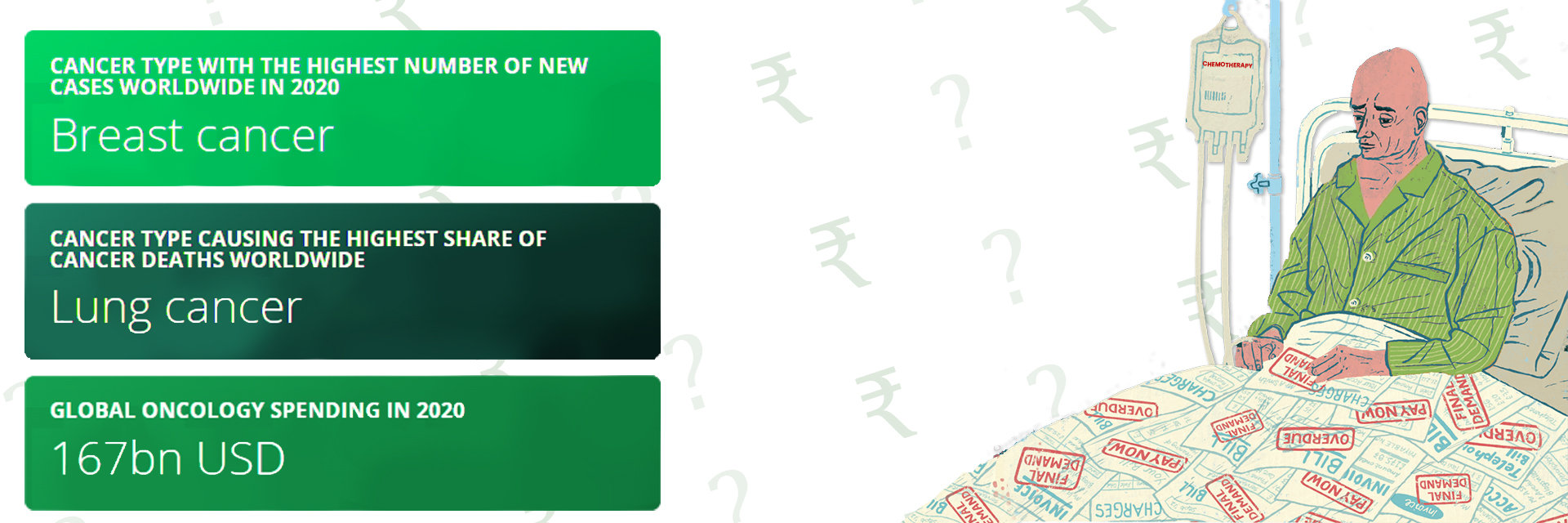Let's dive into the world of post-prostatectomy radiation therapy!
What is radiation therapy after a prostatectomy?
Radiation therapy after a prostatectomy is also known as post-prostatectomy radiation therapy. It is a medical treatment used for men who have removed their prostate gland through surgery.
This treatment is used when there are high chances of cancer recurrence.
There are different approaches to getting radiation therapy after prostatectomy.

They include:
Adjuvant Radiation Therapy- - This is typically recommended when there is a high risk of cancer recurrence. The risk is assessed based on surgical pathology reports or other clinical factors. This type of therapy is given shortly after prostatectomy. Even when there are no indications of cancer recurrence.
Salvage Radiation Therapy- This is used when there is a rise in PSA levels after prostatectomy. This suggests that there are chances of cancer recurrence. Salvation radiation therapy after prostatectomy is used to cure or control the cancer.
Your health is too important to ignore. Schedule your appointment now to discuss radiation therapy after a prostatectomy. Take proactive steps for a healthier future.
Discover the key factors that make you an ideal candidate.
Who is a candidate for radiation therapy after a prostatectomy?

Radiation therapy after prostatectomy is recommended after careful evaluation. Various clinical factors indicate the risk of cancer recurrence. Then those people would require radiation therapy.
Candidates for radiation therapy after prostatectomy have a higher risk of cancer recurrence.
Those factors include:
Candidates who exhibit these risk factors are candidates for radiation therapy after prostatectomy.
Unlock the potential benefits of radiation therapy
What are the potential benefits of radiation therapy after a prostatectomy?

The potential benefits of radiation therapy after prostatectomy are:
- Reduced risk of cancer recurrence
- Improved overall survival
- Local disease control
- Delayed disease progression
- Symptom relief
- Potential for cure in early cases.
Let's talk about the side of radiation therapy rarely discussed.
Are there potential side effects of radiation therapy after prostatectomy?
Yes, there can be potential side effects associated with radiation therapy after prostatectomy. They can be:
- Increased frequency or urgency to urinate.
- Difficulty starting or maintaining a urine stream.
- Urinary incontinence (loss of bladder control) in some cases.
- Diarrhea or loose stools.
- Rectal discomfort or irritation.
- Erectile dysfunction (impotence) can occur. If the radiation affects nerves and blood vessels in the area.
- Radiation therapy can lead to fatigue, which can affect daily activities.
- Skin in the treatment area may become red, irritated, or sensitive.
The risk of developing secondary cancers is low. However, there are slight chances of developing it.
Take charge of your health and your life. If you have questions or concerns about the potential side effects of radiation therapy after prostatectomy, contact us today. We're here to support you on your journey to a healthier future.
Timing is everything - when should radiation therapy step in?
When is radiation therapy typically administered after prostatectomy?

Patients have two options for radiation therapy after prostatectomy:
Adjuvant radiotherapy is given right after the prostatectomy, typically within 4-6 months.
Salvage radiotherapy is given after some time has passed. It is given after determining that the cancer might be coming back based on biochemical tests.
Beyond radiation therapy: what's in store for your recovery? Let’s uncover the
Is radiation therapy the only treatment option after prostatectomy?

No, radiation therapy is not the only treatment option after a prostatectomy. There are other treatment options. It depends on the individual's specific case and needs.
- Hormone therapy may be used to suppress the growth of any remaining cancer cells. If there is a high risk of cancer recurrence after prostatectomy then, hormone therapy can be considered.
- In some cases, chemotherapy may be recommended. If the cancer recurs or spreads beyond the prostate.
- Treatments like immunotherapy are also being explored in clinical trials. This treatment aids the immune system to target and destroy cancer cells.
- Targeted therapies that specifically target certain molecular pathways involved in cancer growth. They are also potential treatments after prostatectomy.
- The treatment choice after prostatectomy depends upon various factors. Like Cancer stage; adverse features; and overall health.
Ready to prepare for your radiation therapy journey?
How can I prepare for radiation therapy after prostatectomy?

This is how you should go about preparing for your radiation therapy after prostatectomy:
Consider Sperm Banking. Protect fertility by banking sperm for future biological children.
Bowel Preparation:
- Clear extra stool for treatment.
- Get supplies (methylcellulose, simethicone, saline enema).
- Follow instructions for preparation.
Diet Guidelines:
- Minimize bloating with diet adjustments:
- Chew food well.
- Limit gas-producing foods.
- Avoid carbonated drinks and sugar alcohols.
- Choose cooked vegetables.
- Adjust fiber intake as recommended.
Vitamins and Supplements: Consult your care team before taking dietary supplements.
Device Removal: Remove certain skin devices before treatment as advised. Like continuous glucose monitors or insulin pumps.
Simulation Appointment: Prepare on the morning of your simulation appointment.
- Take methylcellulose and simethicone.
- Use a saline enema.
- Consider pain medication if needed.
Take the first step to recovery. Get in touch with us to discuss your treatment and prepare for a smoother journey. Your proactive approach to health is key – contact us today.
Discover the remarkable success rates of post-prostatectomy radiation therapy
What is the success rate of radiation therapy after prostatectomy?

Radiation therapy after prostatectomy is highly effective. A study reported that 88% of people did not have cancer recurrence after 5 years of radiation therapy. 72% remained cancer-free even after 10 years.
Another study found that 60% of the people who used internal radiation as salvage treatment were cancer-free after 5 years.
Your well-being is our priority - call us to book your appointment today
Reference
https://www.ncbi.nlm.nih.gov/pmc






